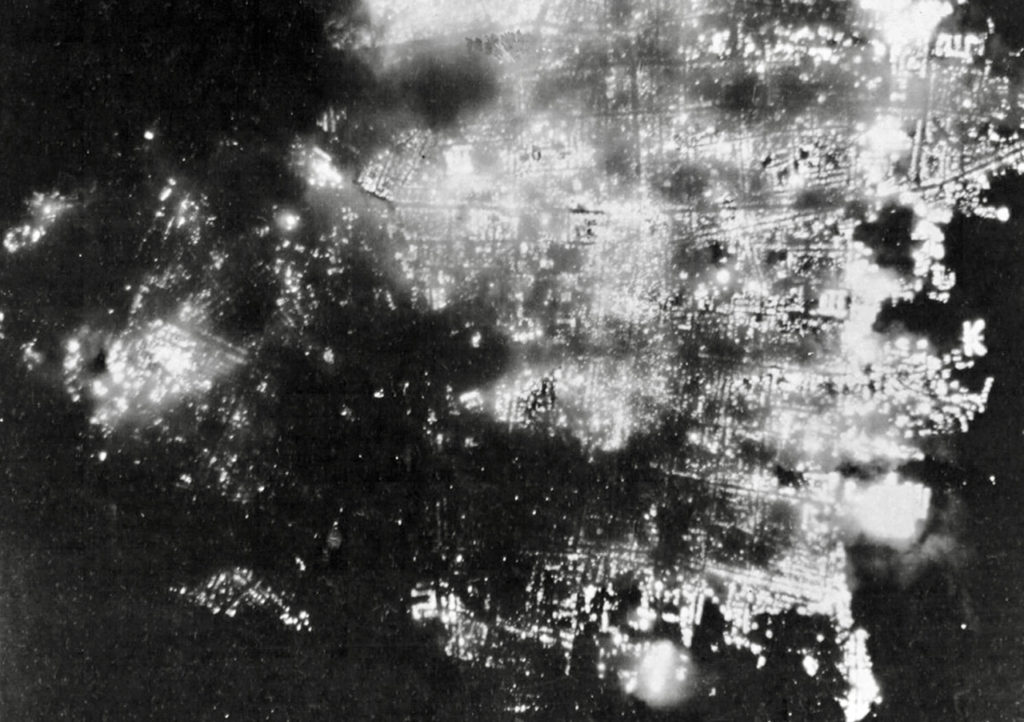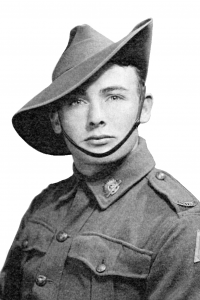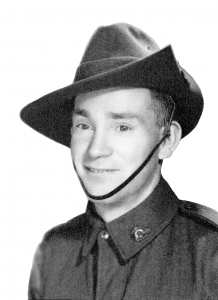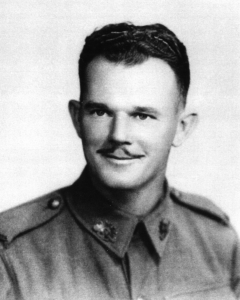Toyama, Nagoya #7-B - Japan
Toyama, Nagoya #7-B – Japan
The camp was located northeast of Kobe on open ground in the midst of a rice paddy about a mile from from Toyama which lies close to the seaport of Aomori.
Arthur Draper and Norm Harris moved here in May 1945 from Nagoya camp. Ronald Lymn and Alf Jones were also at this camp.
The men were employed mostly on the docks unloading iron ore for the local steel mill, cement, salt and beans.
 The above was copied from Nigel Mansell’s website for which we wish to acknowledge and extend our sincere thanks.
The above was copied from Nigel Mansell’s website for which we wish to acknowledge and extend our sincere thanks.
Party to SHOWA DENKI then TOYAMA
(INFORMATION from ‘J’ Force by A. Dandie)
At Kobe House on 13 October 1944 a work Party was arranged – 60 men would be required to go to Showa Denki to live-in instead of supplying a daily work party from Kobe House.
Only part of the 60 men left on Thursday 15 February 1945 – they were told the previous evening to be ready to move out at 0630 hours. The 19 man draft (including four 2/4th men, was headed up by Lieut. Goddard:
ANDERSON M.W. (Mervyn) Pte.
BROWN A.D. (Doug) Cpl.
BROWN A.M. (Arthur) Cpl.
DRAPER A.M. (Arthur) Cpl.
DUNN W.T. (Bill) Pte.
EDWARDS J.J. (Stan) Pte.
GILES F.W. (Frank) Pte.
GILES T.J. (Tommy) Pte.
GODDARD K.W. (Keith) Lieut.
GREY J.E. (John) Pte.
HARRIS N.J. (Norm) Sgt.
JONES A.J. (Alf) Sgt.
LUCAS R.G. (Bob) Pte.
LUTZ E.H. (Ted) L/Cpl.
LYNN R.R. (Bob) Gnr.
McCLYMONT W.J. (Jim) Cpl.
McCOLL A. (Alan) Pte.
McFARLANE C.K. (Keith) Pte.
WINEPRESS F.O.C. (Tibby) Pte.
YEATES C.J. (Charlie) Pte.
Giles reported there were other POWs at Showa – Americans, British and Australians – now totalling 100 men. He reported the Americans were in terrible shape having spent 6 weeks at sea sailing from Manila.
The Party worked at Showa Denki for about three months. The work was very hard and food very poor resulting in men losing quite a bit of weight. The men were glad to be leaving the generally bad conditions of Showa. Train to Toyama transferred them on the west coast of Honshu Island.
The POW Camp sat in open ground in the midst of rice paddy fields about a mile from a steel mill and approx. a couple of miles from Toyama City.
TOYAMA POW CAMP, HONSHU
The majority of men worked at Toyama unloading iron ore from barges for the steel mill. Other cargoes included cement, salt and beans. POWs carried the iron ore out of the barges loaded in big baskets on their backs. The baskets were attached to a board a few feet long and looped over each shoulder. They were required to carry about 10 ton per day. The week before the war finished the men’s working hours increased to 24 hours on and 12 hours off!
There was much bashing by the guards and hanchos (locals employed).
The food was poor.
When unloading beans the men were sometimes able to squirrel away some to bring back to the camp. Bill Dunn was able to duck into a vegetable garden, stole a cabbage and took into Camp successfully as there was no guard on duty.
Included in ‘Banjo News’ No. 15 dated 15 March 1960 a letter was received from George Brown remembering:
“many complaints came back to the Camp about missing pumpkin and vegetables (from neighbouring gardens and paddy fields) – of course the POWs of Toyama knew nothing about this….”
It appears Toyama Camp was not subjected to frequent bombing raids as so many others were.
The men reported a lone B29 dropped a big bomb close to the steel mill. And there was one night raid by about 300 planes with incendiary and oil bombs dropped over a period of time.
From February 1945, the US bombers switched to low-altitude night firebombing. Toyama was one such targeted city.
At the commencement of this raid both Japanese and POWs went to the air raid shelters (this rarely occurred anywhere else – POWs were forbidden to use shelters) – however when the POWs realized their Camp was not being targeted, the Japanese remained behind in the shelters, but the Allied men came out to watch. No doubt a scene they would not forget.
The raid had been planned with precision.
Marker bombs were dropped on the four corners of a square around the city. Super-fortresses came in waves of about 50 planes – the first wave was incendiary bombs and the next wave was high explosives until the city was gridded.
Below: The bombing raids of 1 August 1945 Toyama – five days later the Atomic Bomb was dropped on Hiroshima.

“Toyama, fire-bombed once by 173 Superfortresses on the night of August 1, [1945,] was assessed as 99.5 percent destroyed. Fires in the city burned so brightly, even while the raid was in progress, that they set off cameras aboard the B-29s — flying more than 12,000 feet above — that ordinarily were triggered by flash units.”
On 15th August the POWs were marched back to their Camp about 11 o’clock. At 12 o’clock the POWs were told there was no more work for them. They did not learn the war was over for another week – but many sensed that it was so.
Feeling sure the war was over Bill Dunn told Norm Harris he had decided to test the Japanese by taking a walk. Harris was hesitant, knowing full well how unpredictable the Japanese were especially in different or new circumstances.
Bill was unchallenged as he walked through the Camp gate!
He ran into an American Colonel who advised him the Americans knew there were POWs in the Camp. A car flying a General’s pennant drove towards them – the American Colonel stopped the car telling the ‘Nip’ General seated inside that he wanted the car. The Japanese General dug in and refused. The American drew his pistol and ordered the General out of car, then made him hand over his sword and drove Bill back into Toyama Camp!
Can you imagine the scene ………..the absolute joy enjoyed by the POWs.
Bill arriving back in a Japanese General’s car driven by an American Colonel!!
POW signs were placed on rooftops of the camp buildings to guide food drops. Some were lost when drums felt into the surrounding paddy fields and sank into the mud but most were received – much more than the men ever needed. Supplies included clean clothing, which would have delighted the men.
Apparently the Japanese staff and guards put on a concert for the POWs. Japanese music performed with Japanese instruments much to the disgust of Australian and other POWs!
One cant help but wonder if the concert was in fact for the benefit of the Japanese acknowledging the end of their war and their years of service. They probably realised it would be many years before another opportunity arose to celebrate!
Evacuation of POWs from Toyama took place about three weeks after the end of the war. Entrained to Nagoya they boarded an American destroyer and were taken to Yokohama; then flown to Okinawa and then onto Manila where they joined other former POWs in the Recovery Team’s Camp.
When the Camp was vacated the buildings were set alight so the remaining stores would not fall into the hands of the Japanese.
(In other Camps we know stories of former POW’s giving food to locals because they were starving. We assume this raises the point about the local population – they were often very verbally abusive and sometimes threw objects at the men marching back and forth daily to work – and we also know many ‘Hanchos’ were just as cruel as the Japanese guards.)
Below: Draper & Alf Jones


Below: Lymn and Harris


